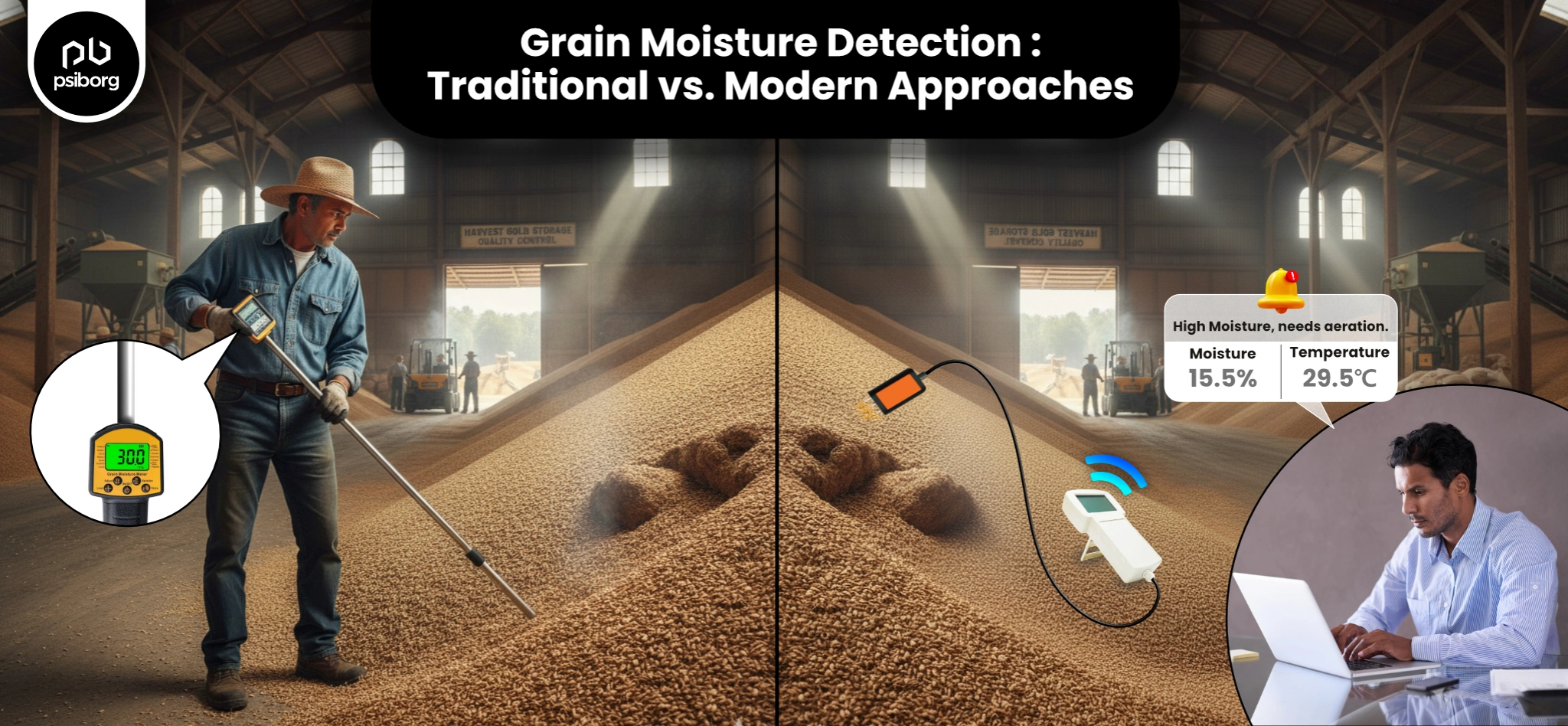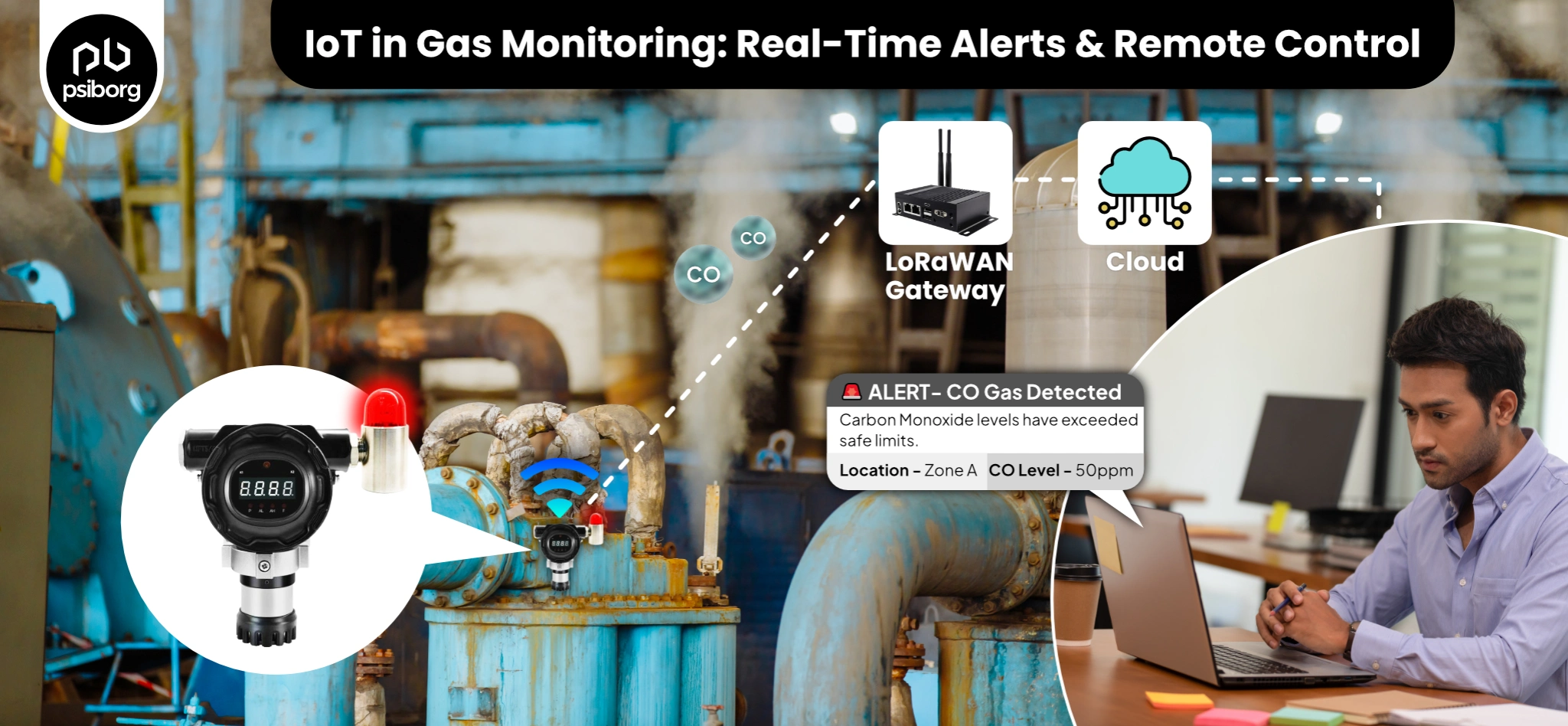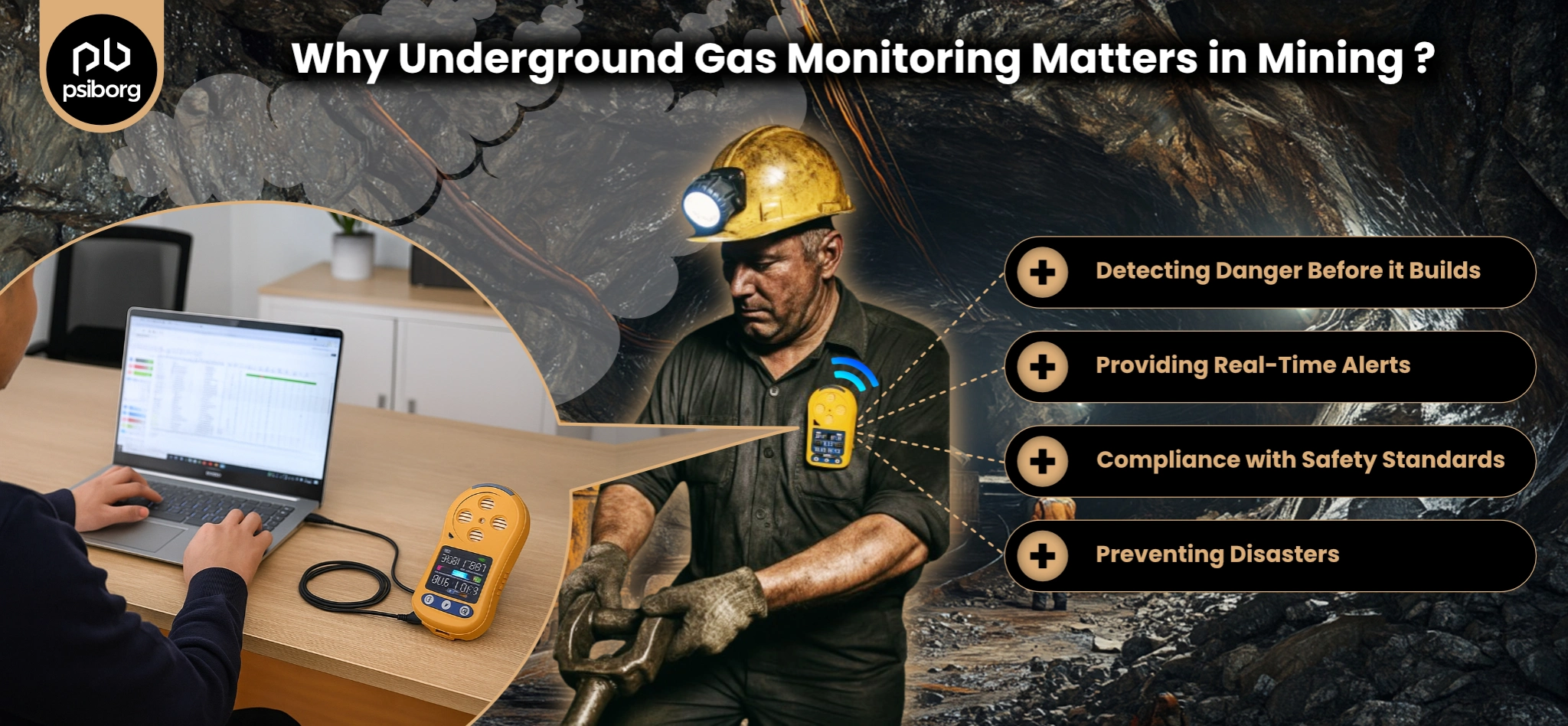With the introduction of IoT in retail industry, retail stores and supermarkets are now able to provide better shopping experiences to their customers by using technologies such as sensors, cloud, beacons, and more.
A quick trip to your nearby supermarket will suggest how unavoidable IoT has become in today’s retail space.
The changing customer habits and high pressure on product deliveries have made retail businesses look to IoT for help.
Above that, retailers and convenience stores are now in search of a tech that can improve retail operations with minimum operating costs and increase profit.
But, the question is how IoT accelerates the success of a retail business. What are the use cases of IoT in retail? Is there any successful use case of IoT in retail?
So, IoT technology improves process automation and smart sensors give valuable data insights so that retailers can understand buyers’ preferences and plan sales accordingly.
This blog post will answer all these questions in detail and address everything related to IoT in retail industry and IoT applications in retail.
So, stick till the end!
The Role of IoT in Retail Industry
Retail businesses have plenty of options for using IoT-based technologies, and the use of IoT gives retailers new approaches and non-standard solutions like targeted advertisements and product placement analytics.
However, all the applications of smart retail solutions can be collectively placed under two common categories, viz., data collection and sharing and acting based on collected data.
Data Collection
The sensors placed all around the retail store collect data about the user’s buying patterns, stocks, and everything. This data is later processed and analyzed to extract valuable insights like customer preferences, store layouts, and shelf inventory levels that help retail stores make better decisions to improve retail operations and business profits.
Acting Based on Collected Data
Smart and connected retail stores can be partially or fully automated to improve store efficiency, and sustainability in all retail operations.
Based on data collection and detailed data insights, thousands of IoT solutions have been developed that focus on improving retail operations.
Getting detailed data insights opens limitless use cases and ways in which retailers can benefit from IoT technology.
Tracking Customer Behaviour With Sensors in Retail
A robust shopping experience requires understanding customer behavior. Retailers can gain unparalleled insight into their customers’ tastes, routines, and decision-making processes by tracking their behavior using sensors. In addition to tracking customers’ movements within a business, sensors can also track their interactions with specific objects and their emotional responses.
For example- proximity sensors can monitor a customer’s path throughout the retail store. Retailers can analyze this data to identify vacant space in the store and growing areas. By adjusting the shop’s design, high-traffic areas can be maximized and low-traffic areas can be modified to draw attention.
Sensors are the basic unit of an IoT ecosystem. Some of the popular types of sensors used in the retail industry are:
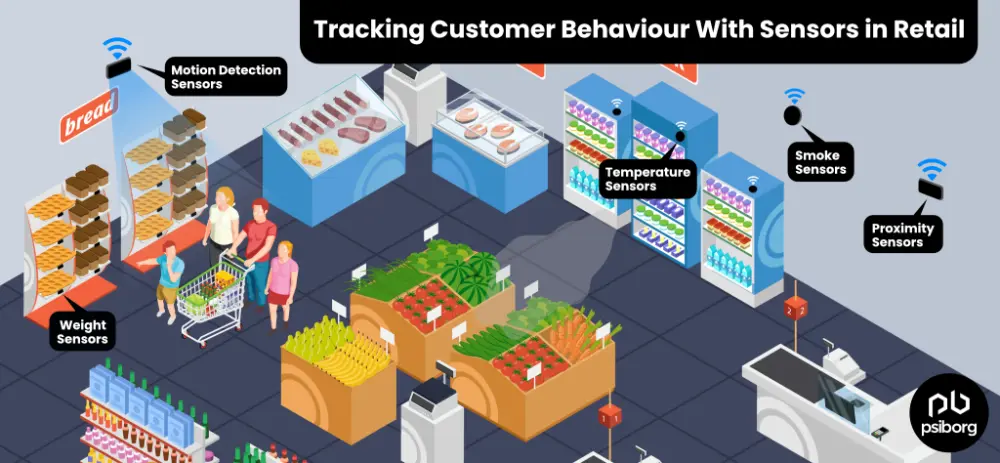
1. Proximity Sensors
Detects the presence of objects and people within a certain range without any physical contact. In the retail industry, proximity sensors are utilized to automatically open doors, trigger in-store digital displays, or activate interactive kiosks when customers approach.
2. Motion Detection Sensors
These sensors are utilized to monitor the movement within a defined area. Motion detection sensors are used in retail to track customers’ movement patterns, adjust lighting based on foot traffic, and manage store security by detecting unauthorized activity.
3. Weight Sensors
They measure the weight of items placed on shelves or in carts, and so are utilized in smart shelves and smart carts. In retail, weight sensors are very useful in managing inventory and stockouts. It detects the low stock level on shelves and triggers alerts to inform staff about restocking.
4. Smoke Sensors
They are utilized to detect smoke or fire within the store. Smoke sensors are crucial for fire safety, giving early warning and triggering alarms to protect both customers and staff.
5. Temperature Sensors
It is used to monitor and control the temperature of various areas, such as refrigeration units for perishables and store environments. They help in maintaining proper conditions for product preservation.
How IoT Solves Retail Challenges?
Smart retail solutions can help businesses overcome the basic challenges they face in retail, such as:
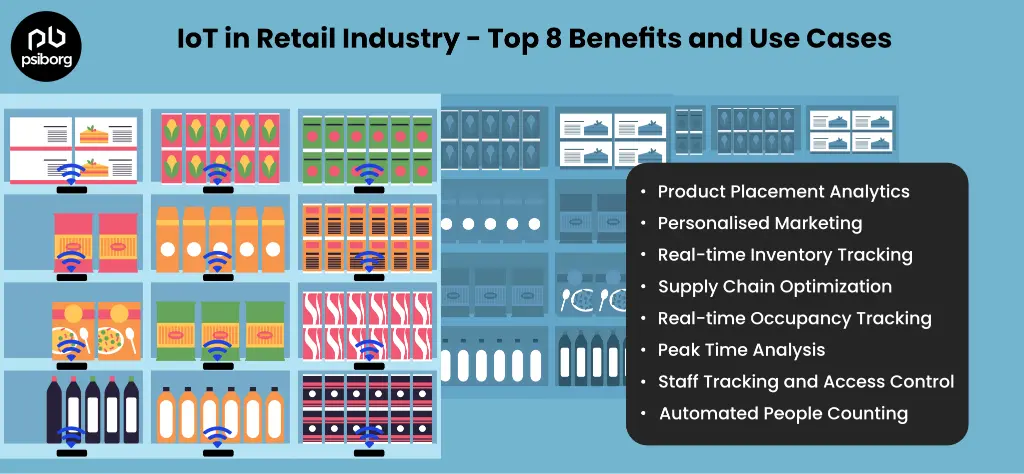
Challenge 1: Proper Product placement
A major challenge that retail stores face is the proper placement of products. Understanding where to place products inside the store is crucial to maximizing sales. But there is also no fixed strategy for the same. Retailers have to constantly change product placements to increase product selling. However, the challenge is to decide the product placement strategy. This is not a place where you can randomly experiment with product placements.
Here, you need insights into users buying habits to place retail products accordingly.
Solution: Product Placement Analytics
IoT devices and sensors collect data on how customers react to specific layout areas and also give a heat map showcasing the store areas where most of the customers visit and stay longer.
Installed sensors monitor dwell time and customer path, giving data on which item attracts attention and leads to purchase.
Thus, with the integration of IoT in retail industry, businesses gain a deeper understanding of customers’ preferences by monitoring traffic in different regions of the store and achieve benefits like-
- More sales of unpopular products
- Increased sales of products with limited shelf life.
- Better sales of a particular manufacturer’s product
- Overall increased sales and repeat customers
Challenge 2: Inadequate Customer Engagement
The old method of attracting and retaining customers by distributing offers and sales placement has become outdated and provides little to no success. With so many online stores with customer-targeted advertisements, it gets tough for offline stores to compete with them.
Solution: Targeted Advertisements
Connected devices and sensors can aggregate and analyze an enormous amount of customer data to utilize it for further targeted advertisment and to trigger targeted promotions and recommendations.
For instance, a customer who frequently purchases a particular product might receive notifications about a sale on a related item or a limited-time offer.
- Increased customer satisfaction
- Higher conversion rates
- Improved customer loyalty
- Enhanced brand perception
Challenge 3: Not-so-accurate Inventory
Retail stores have big inventories to manage, and it’s always challenging to manage inventories. Because no matter how precisely you monitor or list items in inventory, there will always be some discrepancies between actual stocks and inventory records. This further results in stockouts or overstocking that impact sales and customer satisfaction.
Solution: Real-time Inventory Tracking
Integration of IoT in retail offers smart inventory management that solves all overstocking and stockout issues. Smart inventory management utilizes beacons and smart shelf sensors to improve procurement planning at every level of the supply chain.
So if the retail store runs low on a certain product, the system alerts the managers so that they can reorder products in advance.
- Improved inventory management
- Reduced stockouts and overstocking
- Optimized replenishment processes
- Lower costs
Challenge 4: Supply Chain Inefficiency
Inefficiencies in the supply chain can lead to delays, higher costs, and damage to products. Traditional supply chain management methods often lack the visibility and responsiveness needed to address these challenges.
Solution: Supply Chain Optimization
One of the common applications of IoT in retail industry is supply chain management where IoT devices can be used to track shipments, monitor temperature and humidity levels, and detect potential issues in the supply chain. This data can be used to optimize routes, improve transportation efficiency, and reduce the risk of product damage.
- Improved supply chain visibility
- Reduced shipping times and costs
- Lower product damage rates
- Enhanced customer satisfaction
Challenge 5: Chair and Table Occupancy
Food courts often struggle to manage peak times and ensure that customers have a pleasant dining experience. This can lead to long wait times and customer dissatisfaction.
Solution: Real-time Occupancy Tracking
Sensors can be installed on chairs and tables to track occupancy in real time. This information can be displayed on screens throughout the food court, helping customers find available seating and reducing wait times. This will improve the user experience in food courts.
- Improved customer experience
- Reduced wait times
- Increased customer satisfaction
- Optimized seating capacity
Challenge 6: No Peak Time Management
Retailers often face challenges in managing peak times, such as holiday seasons or special events. This can lead to overcrowding, long lines, and customer dissatisfaction.
Solution: Peak Time Analysis
IoT devices can collect data on customer traffic patterns, wait times, and product demand during peak times. This information can be used to optimize staffing levels, improve store layout, and enhance the overall customer experience.
- Improved peak time management
- Reduced customer wait times
- Increased sales
- Increased customer satisfaction
Challenge 7: Staff Detection and Exclusion
Retailers may need to monitor staff behavior and prevent unauthorized access to restricted areas. Traditional surveillance methods can be labor-intensive and less effective.
Solution: Staff Tracking and Access Control
IoT devices, such as wearable badges and access control systems, can track staff movements and monitor access to restricted areas. This can help prevent theft, improve security, and ensure compliance with company policies.
- Improved security
- Reduced theft and loss
- Enhanced employee accountability
- Improved compliance
Challenge 8: Bidirectional People Counting
Accurate people counting is essential for retailers to understand customer traffic patterns and optimize store operations. Traditional manual counting methods can be time-consuming and prone to errors.
Solution: Automated People Counting
IoT-enabled sensors and footfall counter systems can accurately count the number of people entering and exiting a store. This data can be used to optimize staffing levels, improve store layout, and enhance the overall customer experience.
- Accurate customer traffic data
- Improved store operations
- Better customer experience
- Optimized staffing levels
To Conclude,
IoT, in particular, is tremendously transforming the retail industry. Besides the above-discussed IoT use cases in retail, there are some other IoT applications that we feel need to be mentioned in supermarket automation, such as automated checkout systems, smart carts, digital signage, HVAC control systems, smart retail management, and electricity consumption monitoring.
Smart IoT solutions can easily be integrated into the retail industry to solve all types of issues through automation and monitoring.
But that doesn’t mean it will eliminate the need for a human workforce. Instead, the integration of IoT in retail industry will help employees focus on tasks that are not mundane but require high human assistance.
PsiBorg Technologies develops smart IoT solutions for retail and eCommerce industries and helps startups and businesses gain a competitive advantage by making them future-ready.
Some of our industry focussed IoT services include-
- PoC to MVP development
- IoT product development
- IoT dashboard development
- Smart city solutions
- Smart retail solutions
Smart IoT solutions developed by PsiBorg Technologies improve procurement and sales of retail businesses, thus streamlining their business growth.
We believe that stepping into the IoT journey can be a profitable investment, and we are ready to offer competitive advantages to retailers and retail businesses.
Reach out to us today!
FAQs
Smart retail is a modern approach where retail businesses use IoT and data to improve the shopping experience of their customers thus increasing their sales.
The smart retail solution improves customer experiences, optimizes operations, and increases sales by making retail environments more interactive and efficient.
Some of the ways in which IoT is used in the retail industry are:
- Product placement analytics
- Real-time inventory tracking
- Staff tracking and access control
- Automated people counting
- Peak time analysis
- Real-time occupancy tracking
Integration of IoT in retail improves inventory accuracy, reduces operational costs, improves customer engagement, enables real-time analytics, boosts supply chain efficiency, and supports personalized marketing.
Examples of IoT in retail industry include RFID for inventory tracking, smart shelves, in-store navigation apps, connected POS systems, and automated checkout processes.
The future of IoT in retail involves more automation, enhanced data-driven decision-making, personalized customer experiences, and seamless integration between online and offline shopping.



